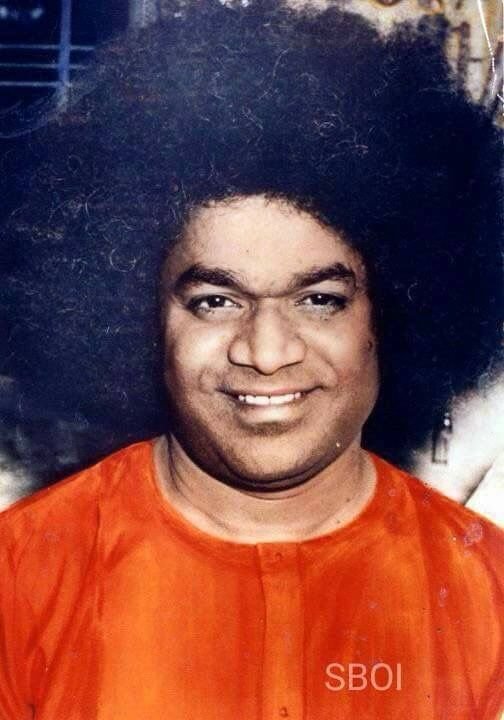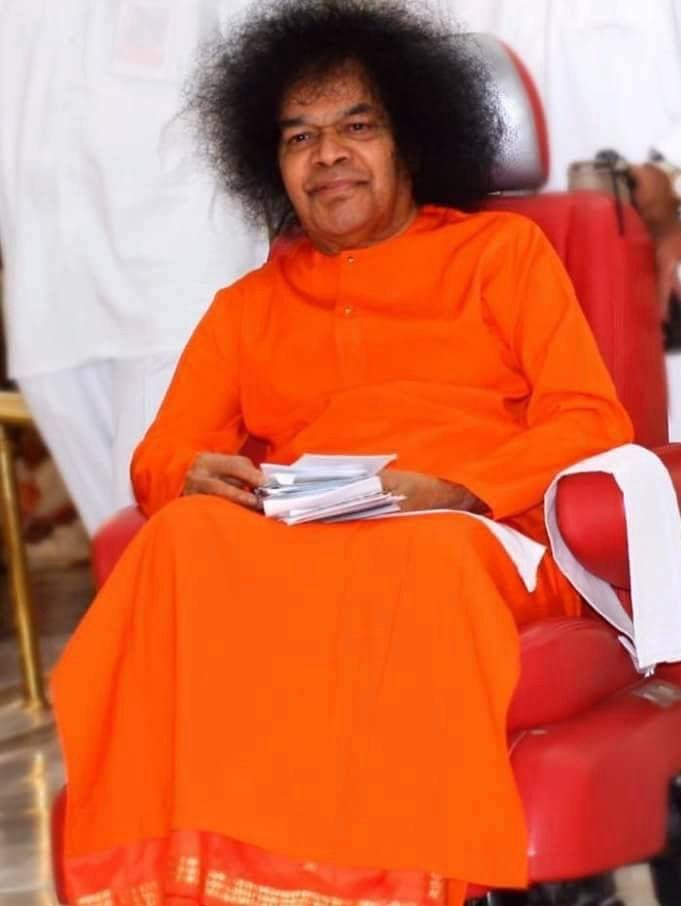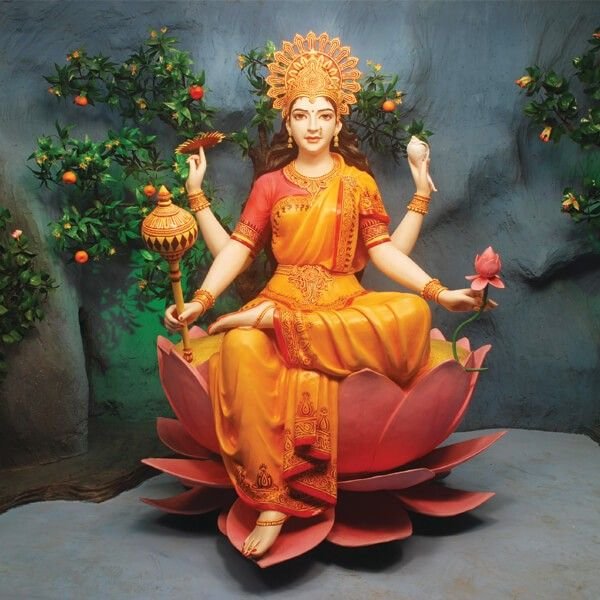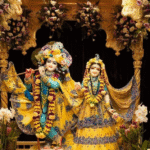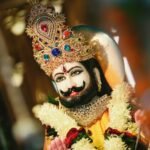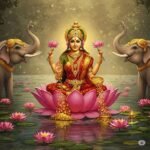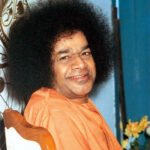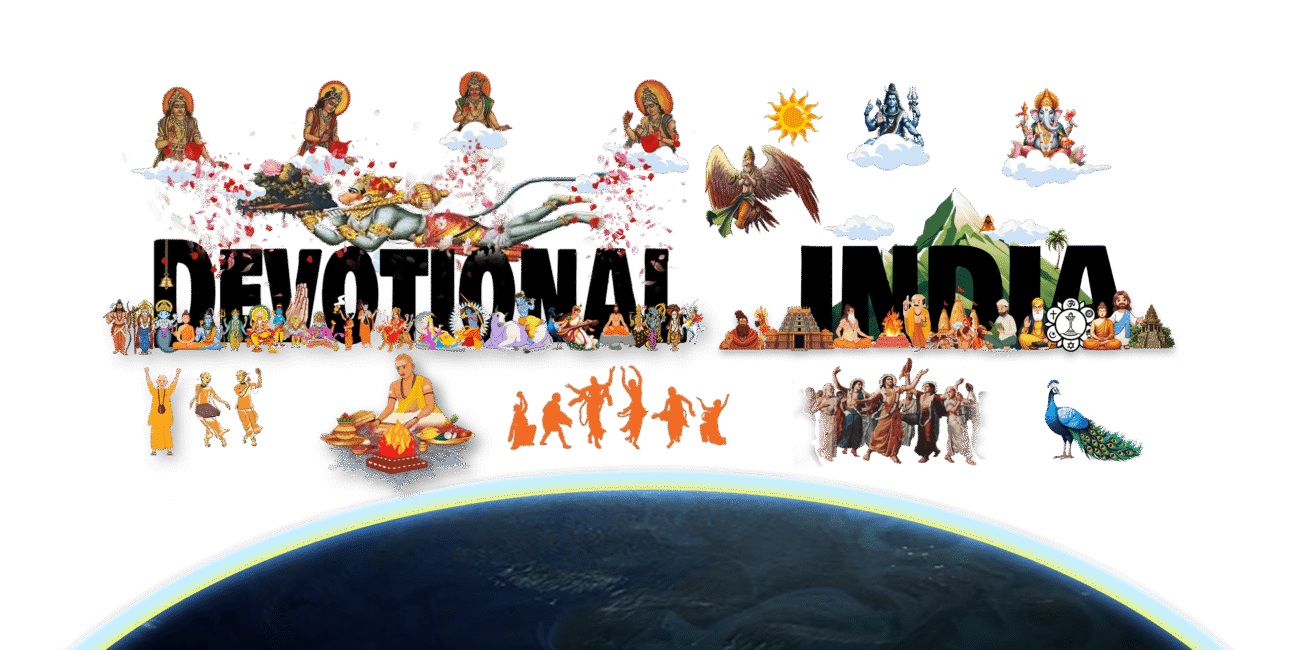Sadhana
Sādhana
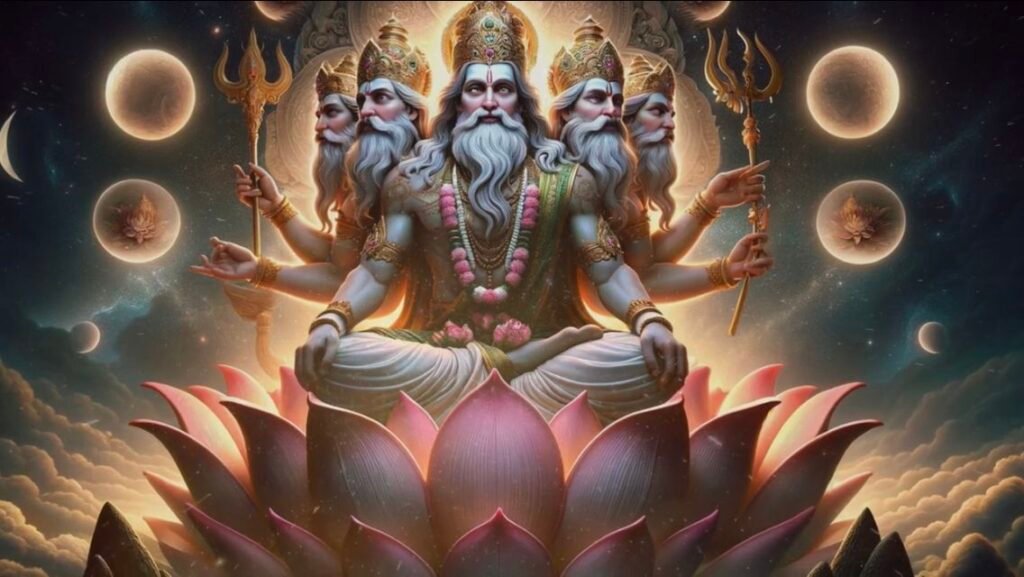
The Sādhana Adhyaya, the third chapter of the Brahma Sutras, focuses on the practical means by which a seeker can attain realization of Brahman, the Supreme Reality. The word Sādhana means “spiritual practice” or “discipline.” While the first chapter (Samanvaya) established the unity of the Upanishadic teachings and the second (Avirodha) resolved apparent contradictions, this chapter provides guidance on the methods and practices through which one can overcome ignorance (avidyā) and experience the truth of Brahman directly.
This chapter emphasizes that knowledge alone (jnana) is the ultimate means to liberation (moksha), but it also recognizes that the human mind must be prepared through disciplined practices to receive and realize this knowledge. These preparatory practices include ethical conduct (dharma), self-control (yama and niyama), meditation (dhyana), concentration (samadhi), and discrimination between the real and the unreal (viveka). Together, they purify the mind, reduce attachment to the transient world, and awaken the intellect to discern the eternal Self.
Sage Bādarāyaṇa explains that the highest knowledge is self-knowledge — realizing the non-dual nature of Atman (the individual Self) and Brahman (the Supreme Self). While ritualistic actions (karma) can yield temporary benefits, they are considered lower means because they do not directly lead to liberation. Instead, a combination of hearing the scriptures (sravana), reflecting deeply on their meaning (manana), and meditating to internalize the truth (nididhyasana) forms the essential Sādhana for attaining Brahma Jnana.
The chapter also addresses the role of grace and guidance in spiritual practice. It suggests that a qualified teacher (guru) and association with wise and realized beings can greatly assist the seeker in understanding subtle Vedantic truths and avoiding errors in reasoning or practice. By following the prescribed Sādhana, the aspirant gradually transcends ego, desires, and attachments, attaining a state of inner stillness, clarity, and direct experience of the Self as Brahman.
In essence, the Sādhana Adhyaya bridges the gap between philosophical knowledge and spiritual realization. It teaches that liberation is not merely intellectual understanding but a living experience achieved through disciplined practice, ethical living, meditation, and surrender. The chapter underscores that consistent Sādhana transforms the mind, purifies the heart, and leads the seeker to the ultimate goal — union with the infinite, eternal, and blissful Brahman..

























